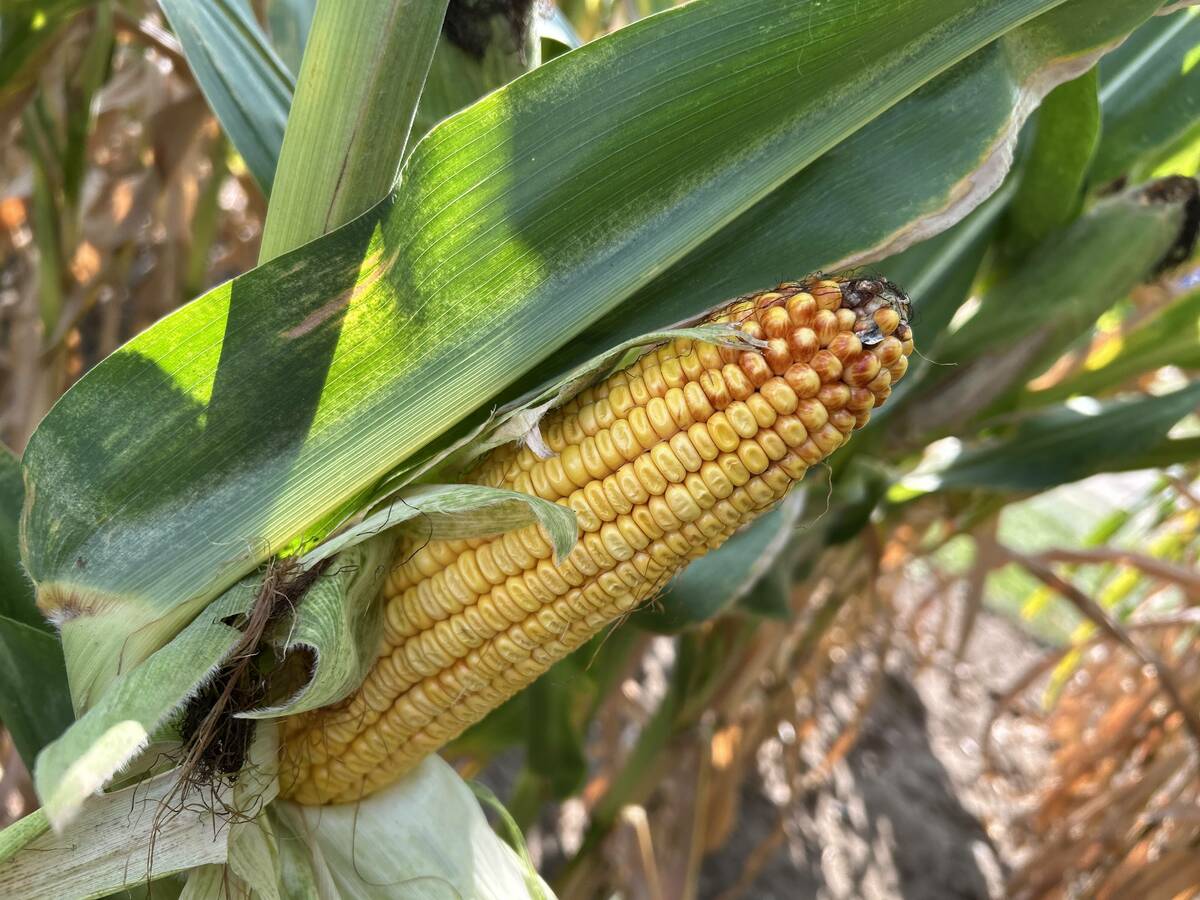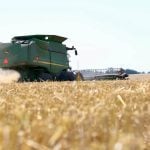A successful weed war requires identifying undesirable plants, learning their life cycles and testing management tactics
“Know thine enemy” is only part of the famous quote by General Sun Tzu in his book, The Art of War, but it’s the most applicable part when it comes to battling weeds.
Identifying undesirable plants, learning their life cycles and testing different management tactics are the three keys to eliminating problem weeds in pasture, said Ontario government weed specialist Mike Cowbrough.
He was one of three weed experts who spoke Oct. 28 during a webinar organized by the Beef Cattle Research Council.
“I think we all encounter those species that you observe in a landscape and go ‘what the heck is that?’ You pass it around to other people you trust. One person gives you one answer, another person gives you another answer that (is) conflicting and you’re kind of looking for some clarity,” said Cowbrough.
Read Also

Crop estimates show mixed results
Model-based estimates used by Statistics Canada showed the 2025/26 crop year has seen increases in canola, corn for grain, oats and lentils production while seeing dips in spring wheat, durum wheat, soybeans and barley in comparison to 2024/25.
His solution to that dilemma is to send leaf samples to Harvest Genomics Inc., an ag biotech company that conducts DNA-based identification of species, including weeds, to provide definitive information.
Cowbrough said it costs about $20 per sample and the information can be invaluable in determining the best approach for weed elimination.
He also uses his smartphone with enabled share locations to photograph weeds in his fields. By entering date and location in his field mapping program, he tracks the lifecycle of the problem weed or weed patch so it can be tackled at its most vulnerable time.
Whether it’s hand pulling, clipping, spot spraying or heavy grazing, Cowbrough suggested an initial approach on a small scale to see what works before investing too much time or money.
Renny Grilz, who manages weeds for the Meewasin Valley Authority in and around Saskatoon, said the five weeds among the most problematic are absinthe, common tansy, downy brome, leafy spurge and Russian knapweed.
Prevention is better than treatment, said Grilz.
“If you can keep the weeds out and make sure they don’t show up on your operation, that is the best way to deal with invasives. So keep your equipment clean. Make sure you have clean hay. Work with your local municipality to make sure they’re not spreading weeds around in their road ditches. Just that ounce of prevention can save you so much effort over time.”
If it’s too late for that, Grilz said any invasive species in grassland or riparian areas should be tackled as soon as it is identified, when presumably there isn’t much of it.
“Quite often when you start finding invasive species on your operations, on your lands, it becomes a quite daunting task. You don’t know where to start.…It’s not for the faint at heart to start dealing with weeds. Sometimes you have to look at it as a battle or as a war. You can’t just run in there headstrong and take them on. You’ve got to sort of pick away and work at it.”
Grilz recommends an initial attack on the outliers in a patch, working toward the centre. For example, weeds at the edge could be spot sprayed and the dense central patch tackled with intensive grazing or biocontrols, depending on the species.
“If you go into that big patch at the very beginning, you’ll feel defeated, you’ll give away and you’ll run away screaming.”
If an unmanageable patch does develop, it becomes a matter of containment rather than eradication.
There are numerous strategies in an integrated management approach and several might be required to get a handle on a weed problem.
John Duynisveld of Agriculture Canada described success with multi-species grazing. Different types of livestock graze differently and will eat different varieties of weeds so that can be an economical way to deal with undesirable plants.















